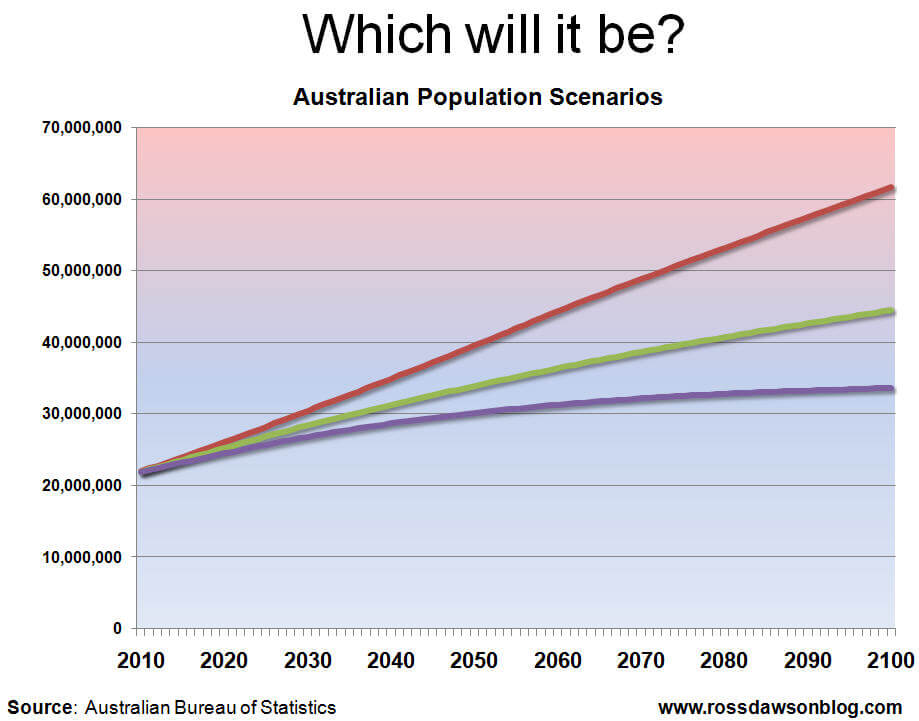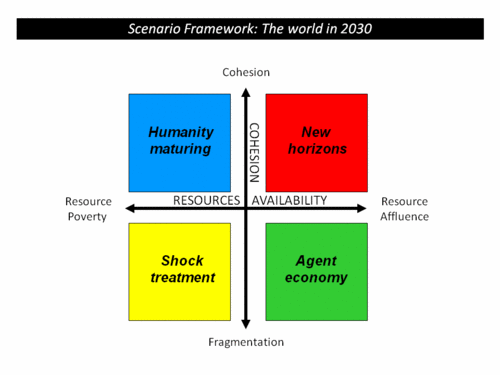The 10 TENsions That Will Define 2010
To anticipate what will shape 2010, we need to understand the TENsions that will define the opening year of the TENsions decade. The TENsions that are most prominent will evolve during the course of the decade. However the accelerating pace of change means that TENsions will inevitably define the decade, in myriad forms.
These are the 10 TENsions for 2010, the opening year of the TENsions.
1. Optimism – Fear
Many companies and workers are now daring to be optimistic as they put 2009 behind them, look forward to opportunities, and worry about getting left behind if things improve rapidly. Yet with the shock of the onset of the financial crisis still fresh, any optimism is subject to being shattered, resulting in wild swings in confidence.
2. Institutional work – Independent work
While many lost their jobs in 2009, sparking a rise in home-based work such as direct selling, many others gave up self-employment to return to the workforce. Over the long term more people are making the shift to work independently, by desire or necessity. However the temptations of self-employment can be replaced by desire for a steady pay packet, pulling people both ways.


